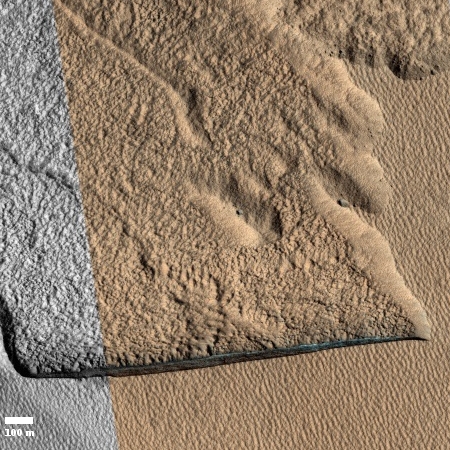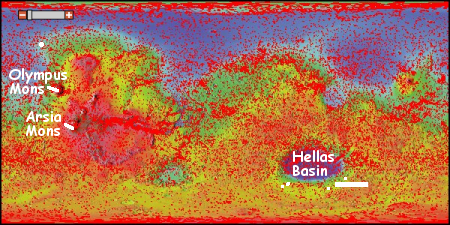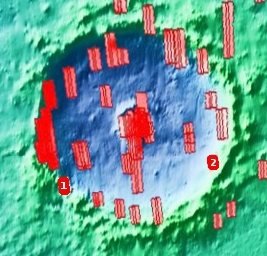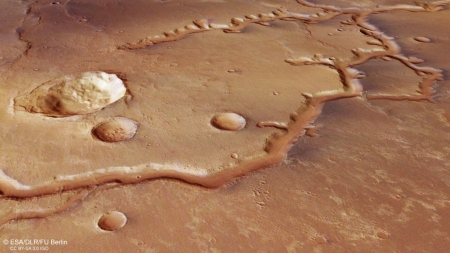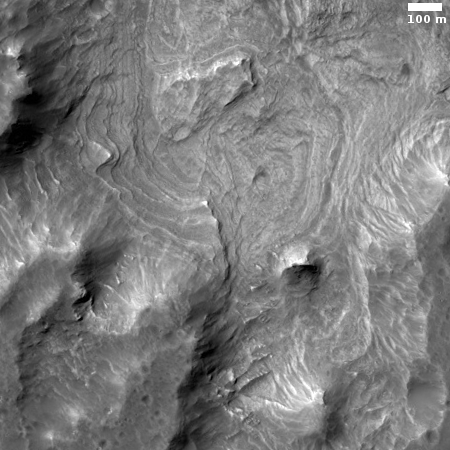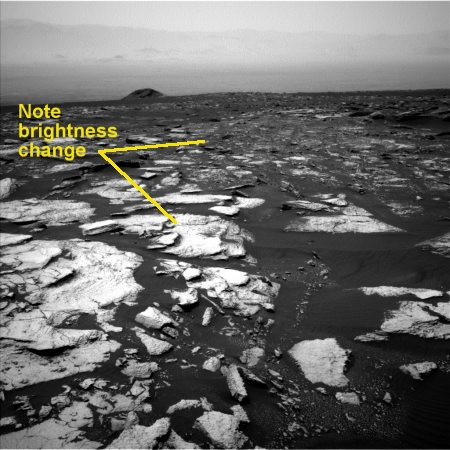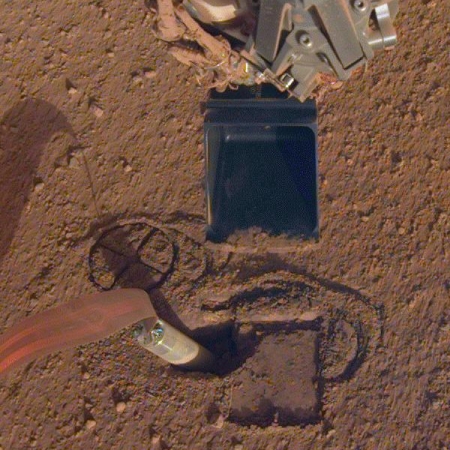New owners for Stratolaunch
Capitalism in space: Stratolaunch announced today that it is now under new ownership, without identifying who that new owner is.
The company offered few other details in a statement released to media Friday. It was the first official update on the status of Stratolaunch since its huge rocket carrier aircraft completed its first — and so far only — test flight in April. “Stratolaunch LLC has transitioned ownership and is continuing regular operations,” the company said in a statement. “Our near-term launch vehicle development strategy focuses on providing customizable, reusable, and affordable rocket-powered testbed vehicles and associated flight services.
Stratolaunch did not identify its new owner Friday, or details on the type of launch vehicle it seeks to develop.
It would be a massive understatement to say their announcement is vague and lacking in details.
Capitalism in space: Stratolaunch announced today that it is now under new ownership, without identifying who that new owner is.
The company offered few other details in a statement released to media Friday. It was the first official update on the status of Stratolaunch since its huge rocket carrier aircraft completed its first — and so far only — test flight in April. “Stratolaunch LLC has transitioned ownership and is continuing regular operations,” the company said in a statement. “Our near-term launch vehicle development strategy focuses on providing customizable, reusable, and affordable rocket-powered testbed vehicles and associated flight services.
Stratolaunch did not identify its new owner Friday, or details on the type of launch vehicle it seeks to develop.
It would be a massive understatement to say their announcement is vague and lacking in details.

